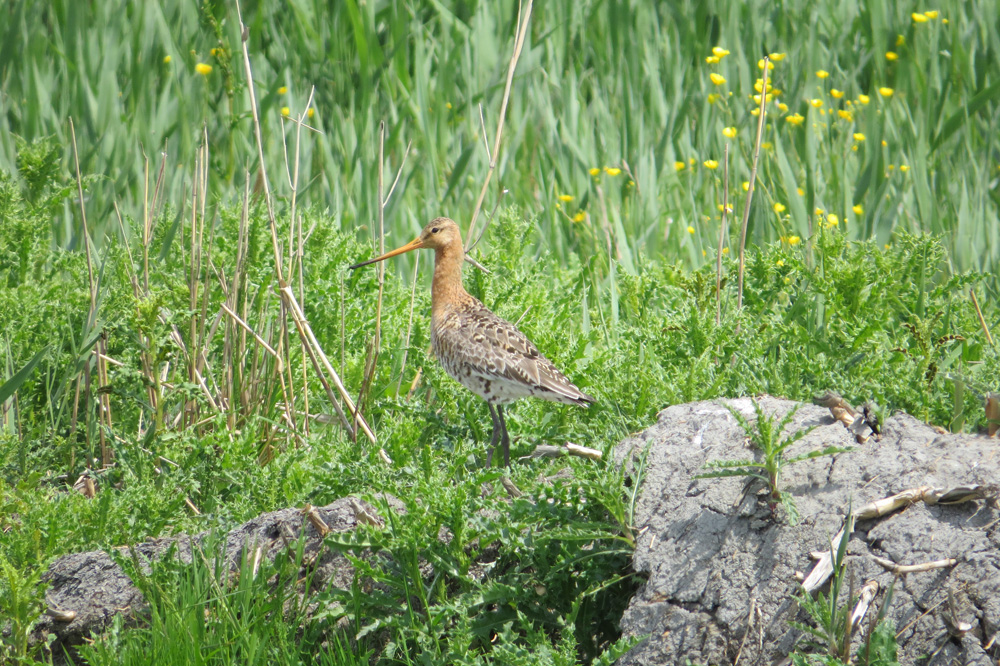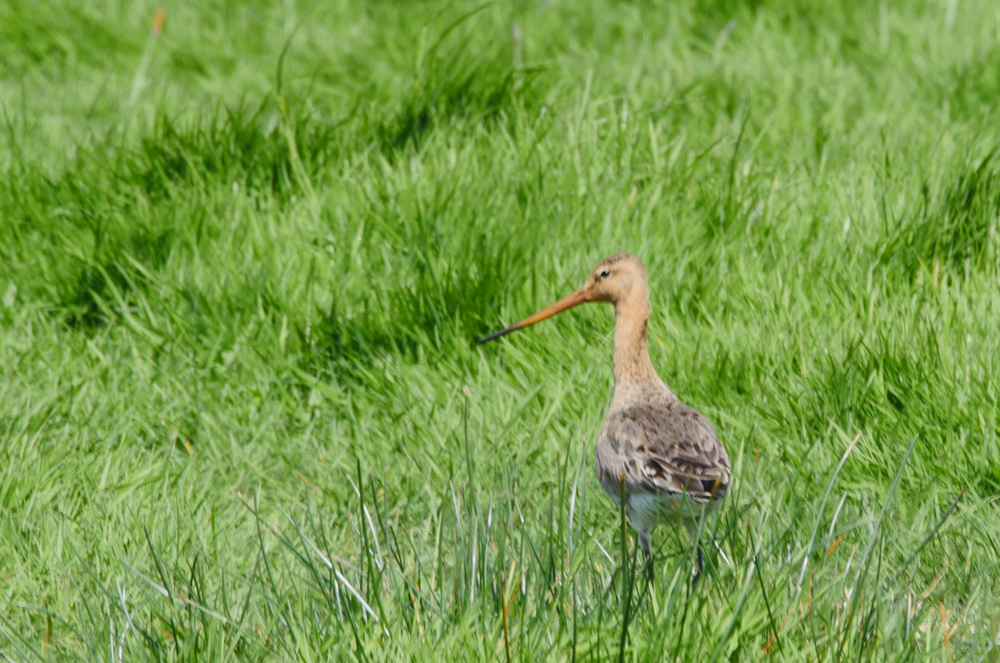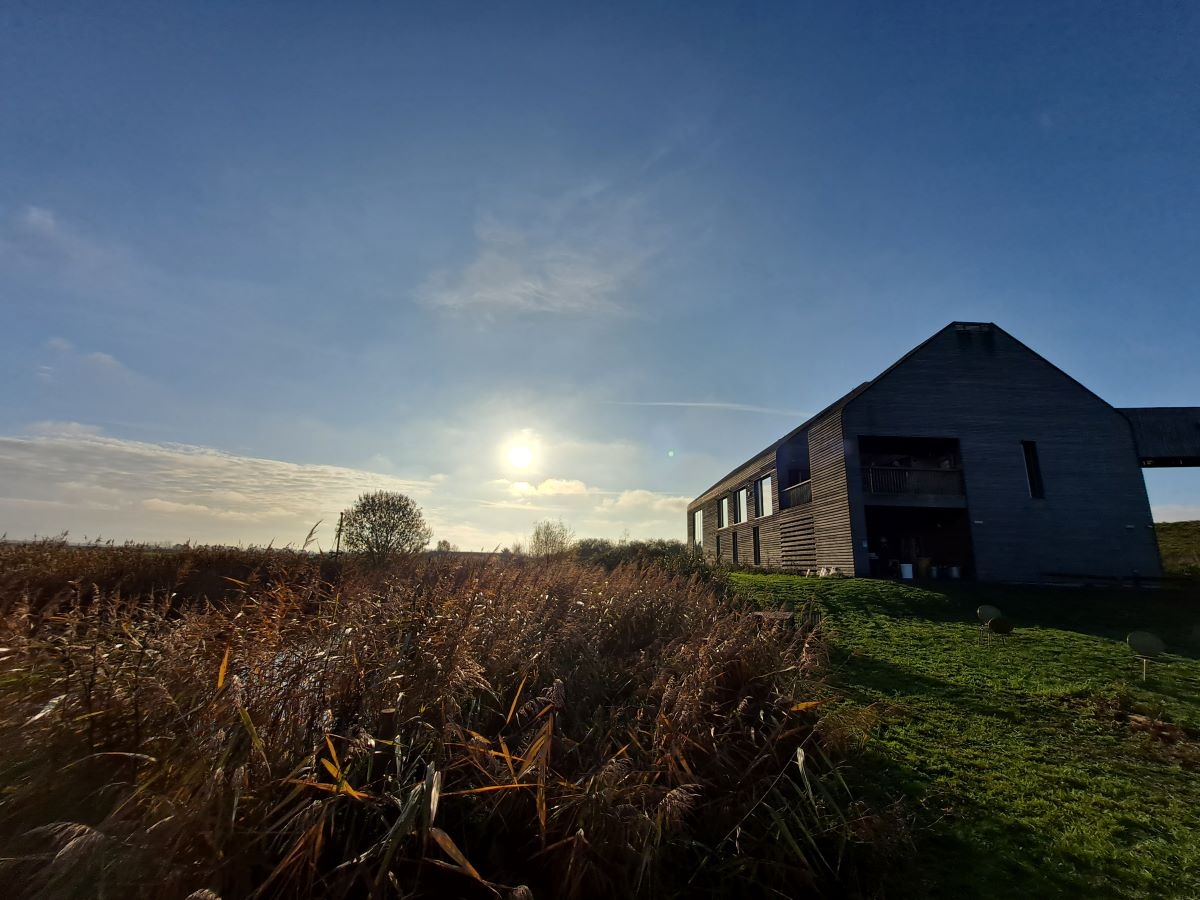New behaviour witnessed for rare wading bird

Staff monitoring the black-tailed godwits at WWT Welney Wetland Centre; have discovered a male individual with two female partners for the first time.
These normally monogamous birds appear to be trying a new tactic this summer, as the population of black-tailed godwits breeding in the UK hovers at a precarious number. The male in question has been identified as a 12 year old bird, which was leg-ringed on Ouse Washes as a chick in 2004. Both the females with him are un-ringed, but black-tailed godwits are known to be site-faithful and so these are likely to have also hatched on the Ouse Washes.
There are two further pairs of black-tailed godwits at Welney, which have formed monogamous pairs. WWT Welney holds 6% of the UK population of this species, which only breed on two sites in the UK. The breeding season is going well so far, with all three ‘pairs’ hatching chicks.
Louise Clewley, warden at WWT Welney, says:
‘I’ve been keeping a close eye on all the activity this summer to give our birds the best chance of a successful season. It’s been a really exciting time for me as this is the first time I have seen godwit chicks and I am now anxiously awaiting the day that they fledge.
‘If we get to that stage with this generation we will have added to the UK population by 18%, which is incredibly important for the future of this species’.
Mark Whiffin, RSPB Centre for Conservation Science, says:
‘The Welney black-tailed godwits have had an amazing year on Lady Fen. As part of the RSPB’s ongoing study of this species we have be able to colour ring four of the chicks and look forward to following their progress over the following years when they themselves return to breed on the Ouse Washes.
‘The male godwit with two females is unique in our experience and fascinating behaviour to witness. We wait to see if they are both with him next year’.

The chicks will become more mobile by the day, feeding on the insects available in the rich wetland habitat. The adult birds will look out for the chicks, making alarm calls to alert them of potential dangers such as birds of prey or scavengers looking for an easy meal.



